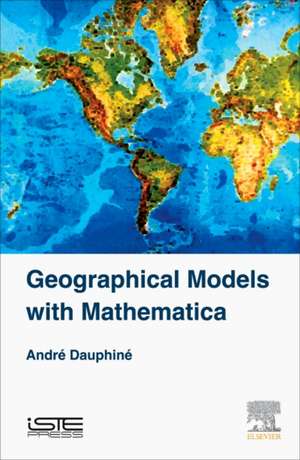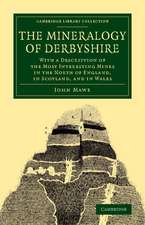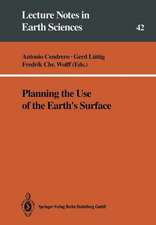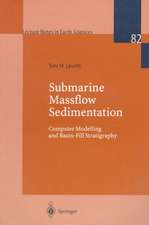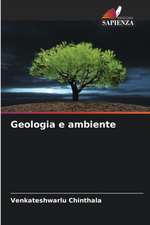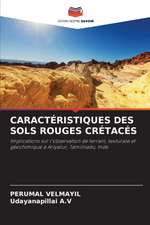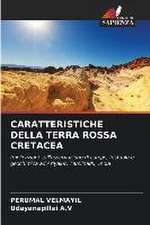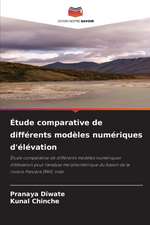Geographical Models with Mathematica
Autor Andre Dauphineen Limba Engleză Hardback – feb 2017
The author then provides over 65 programs, written in the Mathematica language, that formalize these models. Case studies are provided to help the reader apply these programs to their own studies.
- Provides theoretical, stochastic and dynamic system models
- Covers data science, both in a spatial and spatio-temporal analysis
- Presents a microstructural understanding of the mechanical behavior of granular materials
Preț: 1065.51 lei
Preț vechi: 1170.89 lei
-9% Nou
Puncte Express: 1598
Preț estimativ în valută:
203.89€ • 213.41$ • 169.70£
203.89€ • 213.41$ • 169.70£
Carte tipărită la comandă
Livrare economică 24 martie-07 aprilie
Preluare comenzi: 021 569.72.76
Specificații
ISBN-13: 9781785482250
ISBN-10: 1785482254
Pagini: 314
Dimensiuni: 152 x 229 x 18 mm
Greutate: 0.59 kg
Editura: ELSEVIER SCIENCE
ISBN-10: 1785482254
Pagini: 314
Dimensiuni: 152 x 229 x 18 mm
Greutate: 0.59 kg
Editura: ELSEVIER SCIENCE
Public țintă
Students, teachers and researchers in geography; the user community of Wolfram language and Mathematica students, teachers and researchers in geosciences and social sciencesCuprins
Part 1: Modeling the Relationships between Societies and Nature
Introduction
1. The Theoretical Context of Classical Geography
2. Statistical and Probability Models for Given Relationships Between Societies and the Natural Environment
3. Models of Ordinary Dynamic Systems
Part 2: Modeling Geographic Locations
Introduction
4. Theories of Geographical Locations
5. Theoretical Geolocation Models
Part 3: Spatial Structures and Territorial Dynamics
Introduction
6. Theories Used to Understand Territorial Structures and Dynamics
7. Models of Basic Structures: Points and Fields
8. Models of Basic Structures: Networks
9. Geographical Space as a Mixture of Basic Spatial Structures
10. Morphogenetic Macro- and Micro-models
Introduction
1. The Theoretical Context of Classical Geography
2. Statistical and Probability Models for Given Relationships Between Societies and the Natural Environment
3. Models of Ordinary Dynamic Systems
Part 2: Modeling Geographic Locations
Introduction
4. Theories of Geographical Locations
5. Theoretical Geolocation Models
Part 3: Spatial Structures and Territorial Dynamics
Introduction
6. Theories Used to Understand Territorial Structures and Dynamics
7. Models of Basic Structures: Points and Fields
8. Models of Basic Structures: Networks
9. Geographical Space as a Mixture of Basic Spatial Structures
10. Morphogenetic Macro- and Micro-models
